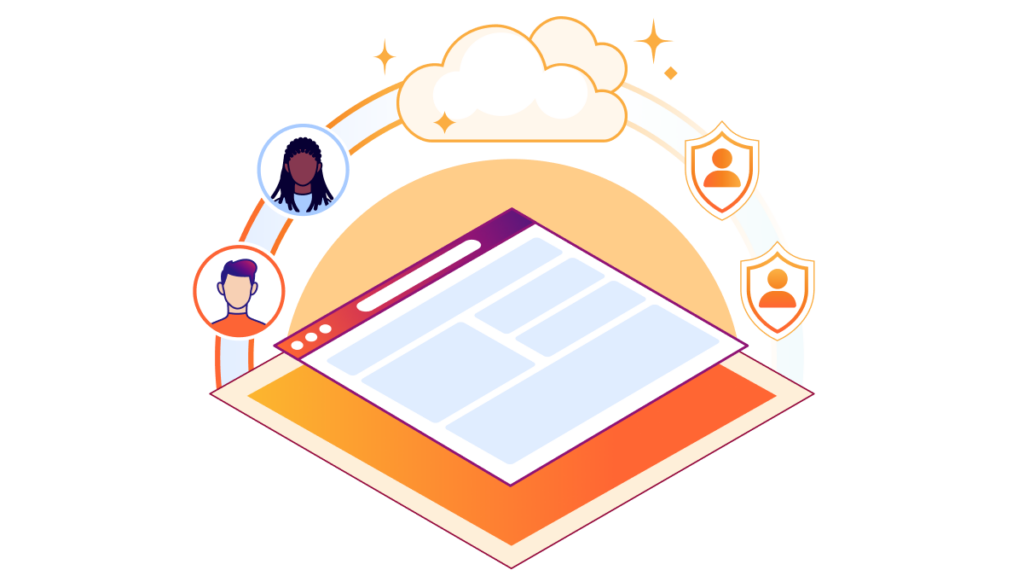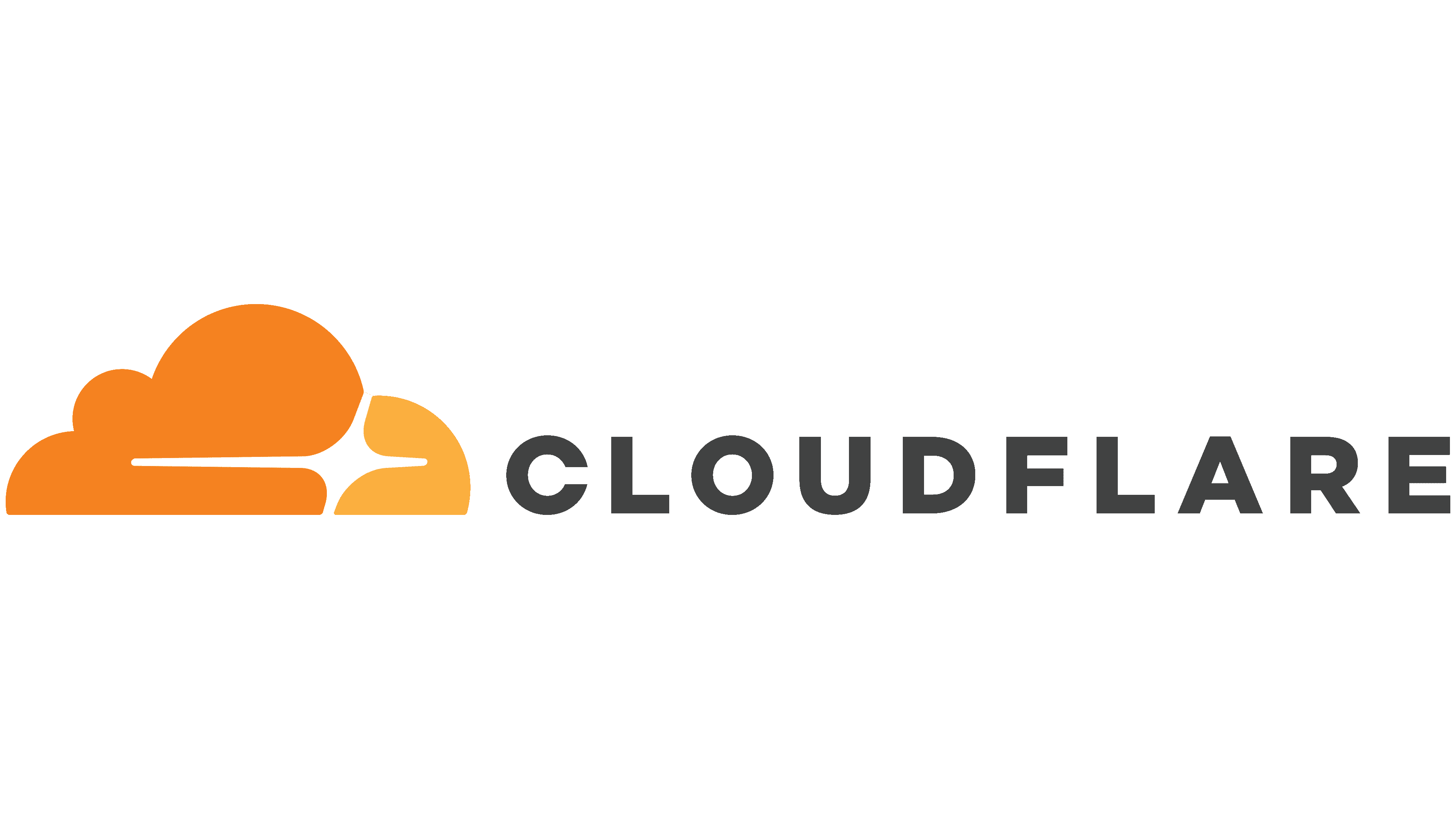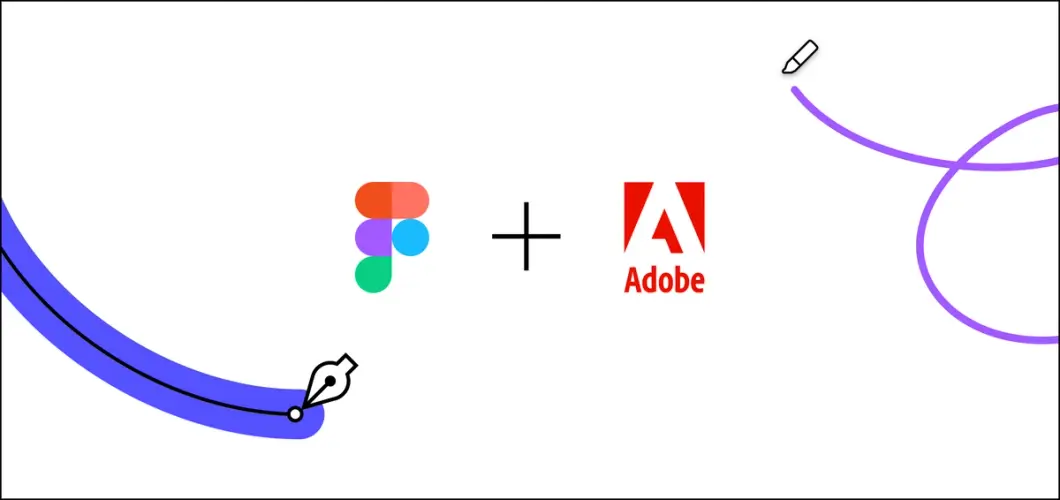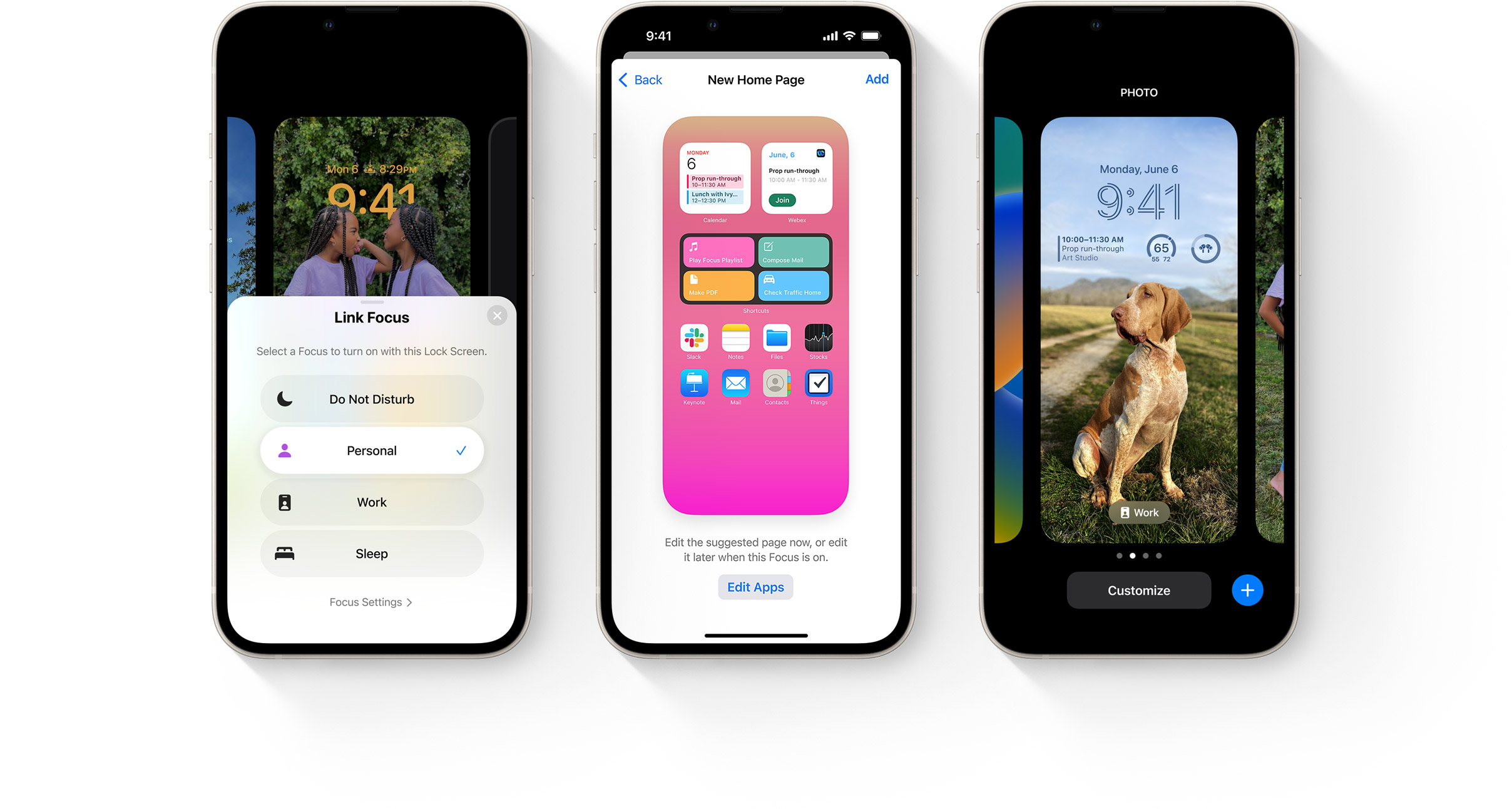Introduction
As the demand for faster, more secure browsing continues to grow, Cloudflare has stepped up with major advancements in web performance technology. Their new suite of tools—including Speed Brain, Zstandard compression, and Encrypted Client Hello (ECH)—is designed to deliver faster, more seamless experiences for everyday users while also protecting privacy.
With internet speeds becoming a key competitive factor for businesses, Cloudflare’s latest offerings not only benefit web developers and site owners but also drastically improve user experiences. Here’s a deeper look at how these innovations are set to change the way we browse the internet.
Speed Brain: Anticipating Your Next Click

At the heart of Cloudflare’s new offerings is Speed Brain, a predictive site-loading feature that makes use of the Speculation Rules API. In essence, Speed Brain is designed to anticipate a user’s next action—such as clicking on a specific link—and preload content before the user even makes the request. This allows websites to load much faster, making the browsing experience feel more fluid and intuitive.
For example, imagine you’re browsing an e-commerce site and have clicked into the “Men’s Clothing” section. As you move your cursor toward the “Shirts” category, Speed Brain begins prefetching content like images and product details for the shirts page. When you finally click, the page appears almost instantly. This preemptive loading has been shown to reduce page load times by as much as 45%.
This technology aligns with a broader trend toward predictive computing, where devices and systems try to anticipate user behavior. According to a 2021 report by McKinsey & Company (The Next Frontier in AI: Predictive Analytics), predictive analytics and AI are transforming industries, from healthcare to finance, with a focus on making processes more efficient. By applying this logic to web browsing, Cloudflare is improving not only speed but also user engagement—an essential metric for businesses that depend on smooth customer interactions.
What makes Speed Brain particularly effective is its conservative approach to prefetching, triggered only when a user hovers over or clicks a link. This ensures resources aren’t wasted, a critical consideration for mobile data and energy-conscious users.
Zstandard Compression: Revolutionizing Web Speed and Data Efficiency

Alongside Speed Brain, Cloudflare has introduced Zstandard compression (zstd), an advanced algorithm that speeds up data transfer by compressing web files faster than existing technologies like Brotli or GZIP. Compression plays a huge role in web performance by reducing the size of the files that need to be transmitted, especially on data-heavy pages like those filled with images or large scripts.
According to Cloudflare, Zstandard compresses data 42% faster than Brotli while maintaining nearly the same compression ratios. For web users, this means sites will load more quickly, especially on mobile devices or in areas with slower internet speeds. In fact, zstd can compress files up to 11.3% better than GZIP, a widely used standard. This not only improves speed but also reduces bandwidth usage, which is increasingly important as more businesses and users rely on cloud-based services.
A 2022 study by Akamai Technologies (Impact of Page Speed on User Experience and Conversions) found that reducing page size by just 100KB could lead to double-digit percentage improvements in load times. Zstandard’s ability to shrink file sizes without sacrificing performance will be particularly beneficial for industries like e-commerce and media, where heavy data loads can slow down user experiences.
Encrypted Client Hello (ECH): The Future of Internet Privacy

Cloudflare’s commitment to speed goes hand-in-hand with their focus on privacy, and the rollout of Encrypted Client Hello (ECH) is a significant step forward in web security. Traditionally, when a user visits a website, certain information—such as the site’s name—is exposed during the TLS (Transport Layer Security) handshake, which establishes a secure connection between the user and the website. This can leave users vulnerable, especially when connected to public or untrusted networks.
ECH addresses this vulnerability by encrypting the Server Name Indication (SNI), which is usually visible during the TLS handshake. By masking this information, ECH prevents intermediaries such as ISPs, network administrators, or malicious actors from knowing which websites a user is visiting. According to a 2021 report by Mozilla (TLS Encryption and ECH: Securing the Future of Web Privacy), ECH is expected to play a key role in the future of secure web browsing, especially as users become more aware of the privacy implications of their online activity.
This privacy-enhancing feature is already enabled by default for free Cloudflare users, while Pro, Business, and Enterprise customers can manually activate it. ECH provides enhanced security without sacrificing performance, ensuring that users enjoy both speed and privacy. This is especially important in regions where internet censorship or surveillance is more prevalent, as it helps protect users’ browsing habits from being monitored.
The Bigger Picture: Why These Innovations Matter
These advancements come at a time when web performance and user privacy are critical competitive factors for businesses. According to a 2023 study by Google (The Importance of Page Load Speed in User Engagement), websites that load within two seconds have a bounce rate of 9%, while those that take five seconds to load have a bounce rate of 38%. The difference is staggering, and Cloudflare’s innovations can play a significant role in helping businesses retain visitors and improve conversions.
Moreover, privacy concerns are at an all-time high. The introduction of General Data Protection Regulation (GDPR) in Europe and similar laws in other regions means businesses are now legally required to protect user data. Technologies like ECH offer a competitive advantage by enhancing user trust and complying with evolving privacy standards.
Conclusion: Faster, Smarter, and Safer Web Experiences
Cloudflare’s latest advancements are a win for both businesses and everyday internet users. By combining speed enhancements like Speed Brain and Zstandard compression with privacy-focused innovations like ECH, Cloudflare is setting a new standard for web performance and security. For businesses, this means not only faster load times and improved user engagement but also enhanced trust among privacy-conscious consumers.
As the web becomes more complex and users demand faster, more private experiences, innovations like these will be essential for staying ahead in the digital landscape. Whether you’re running a high-traffic e-commerce site or managing a local blog, these technologies offer tangible benefits that can boost your online presence and build a more resilient, user-friendly website.



